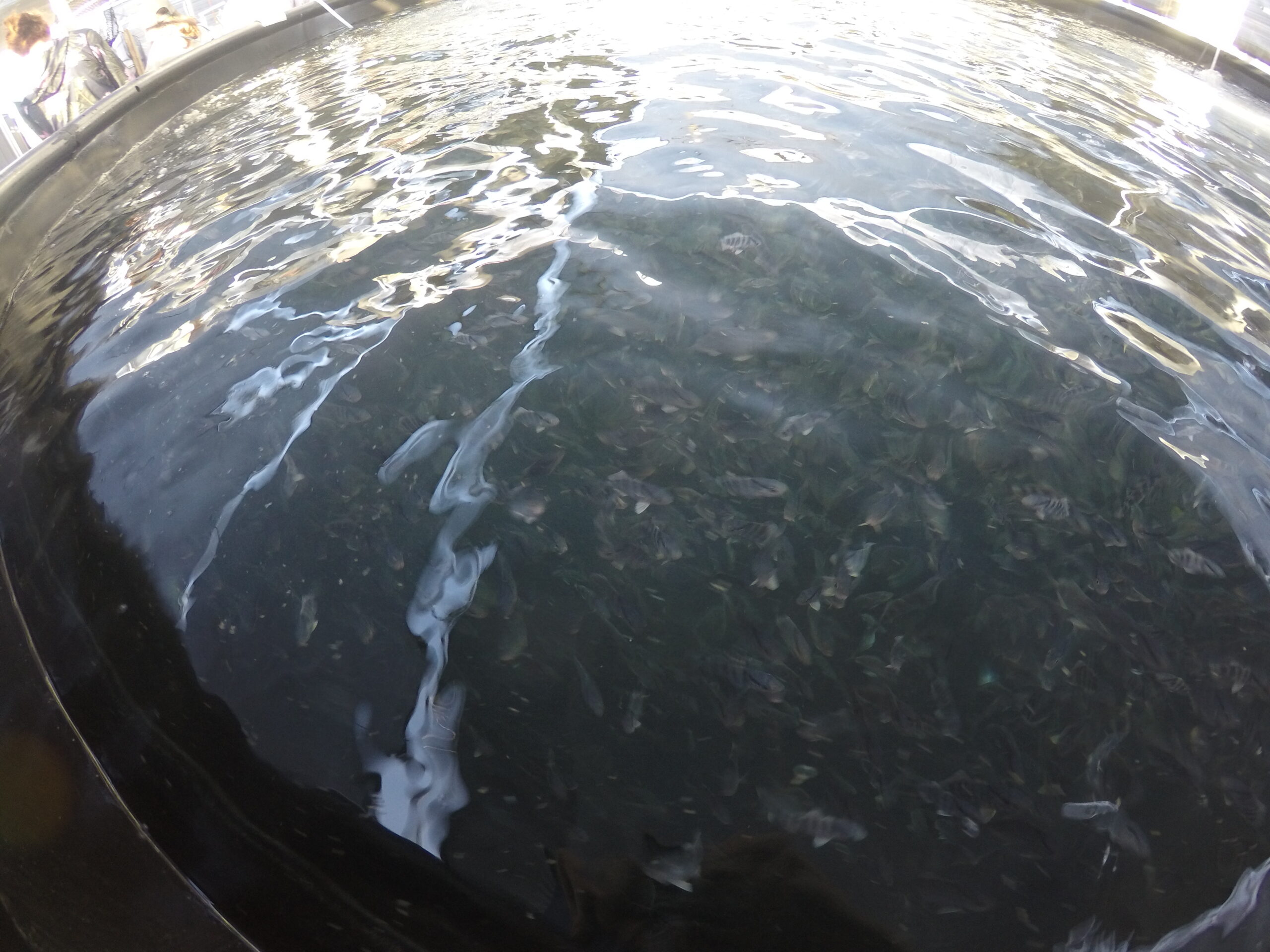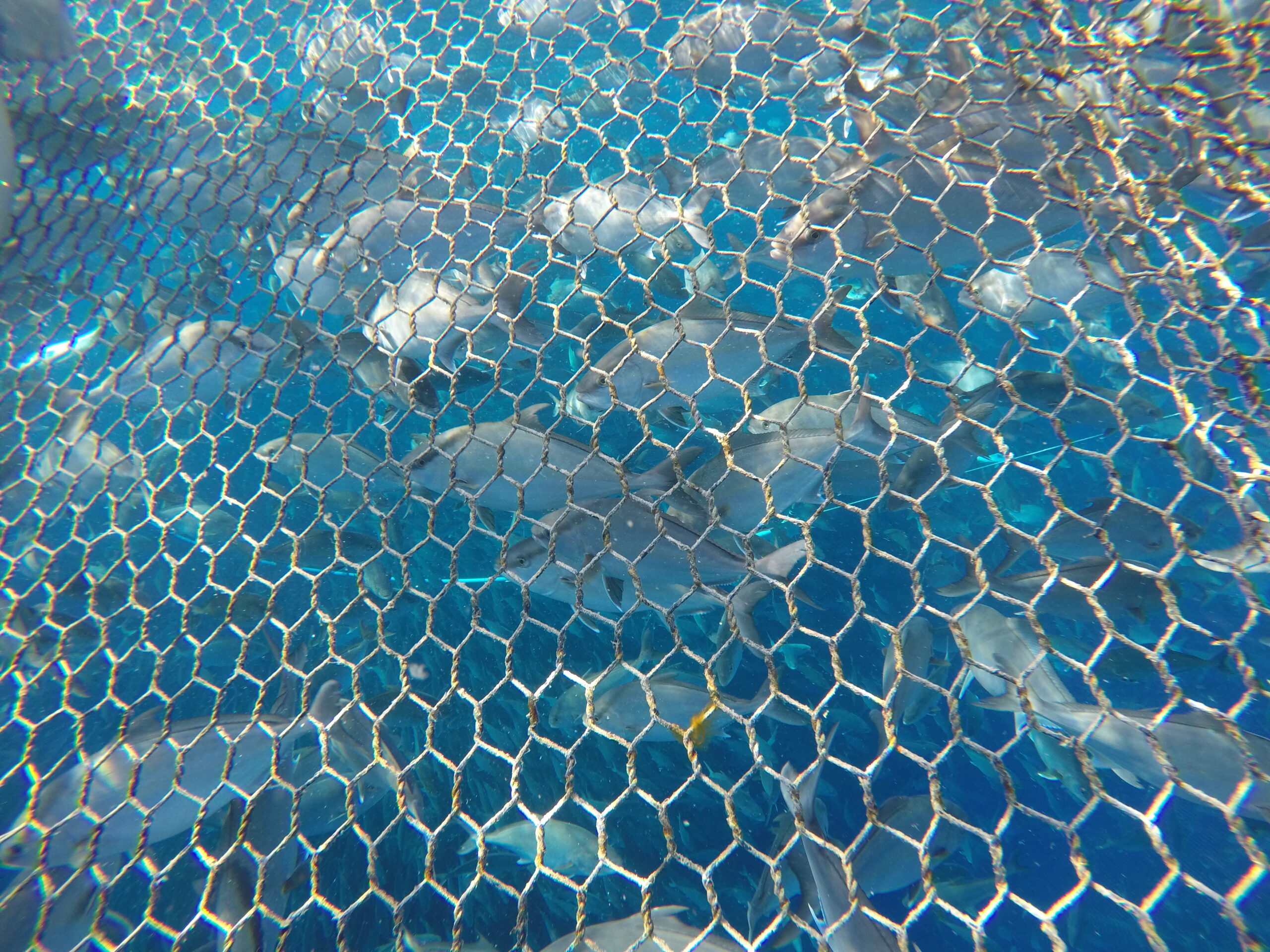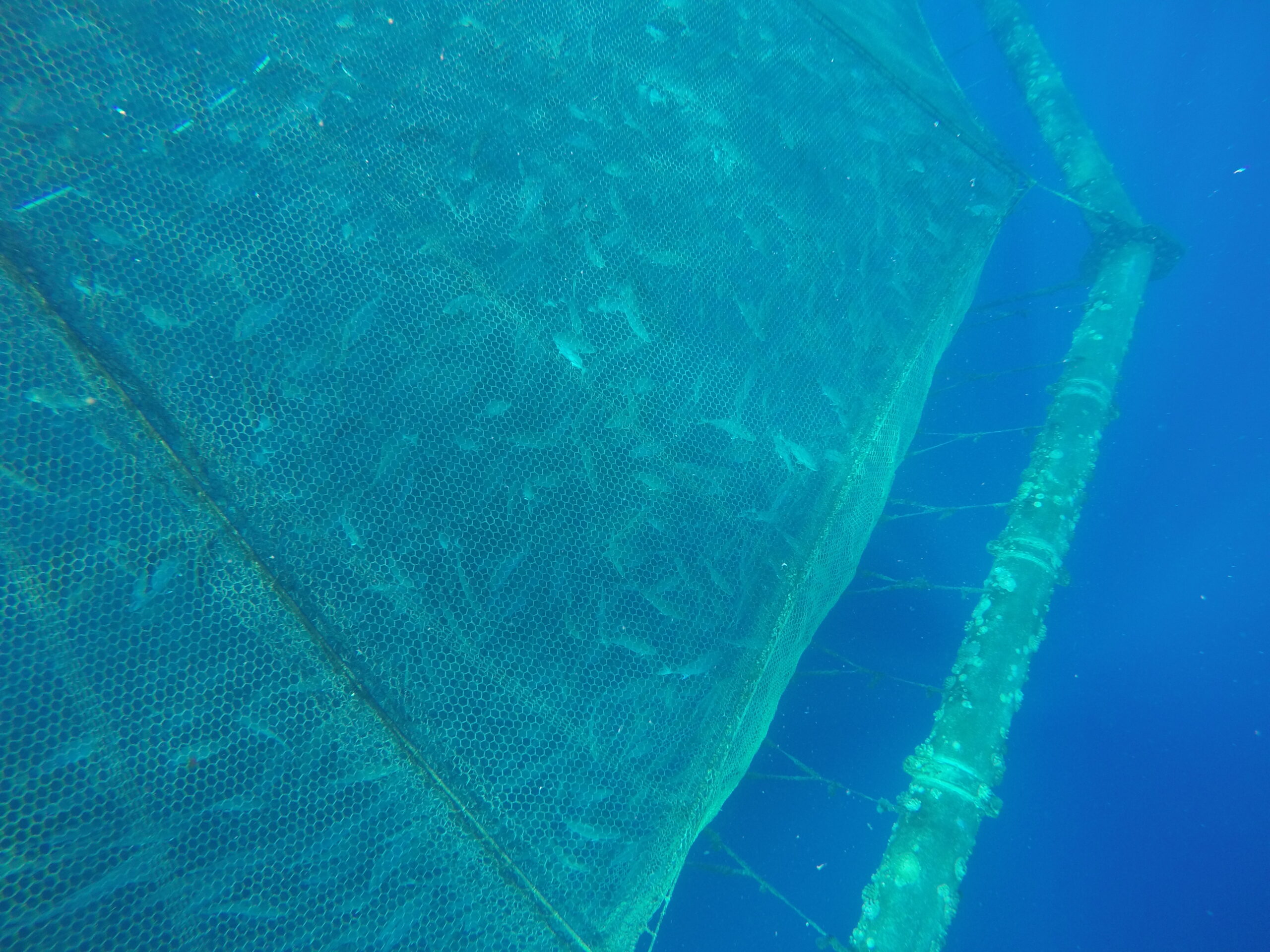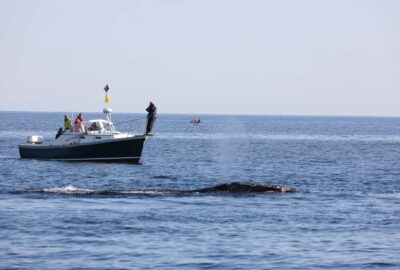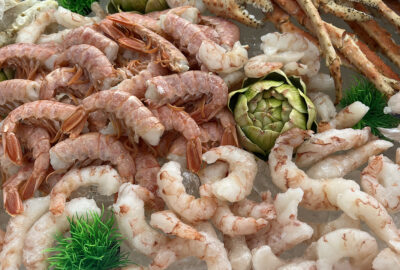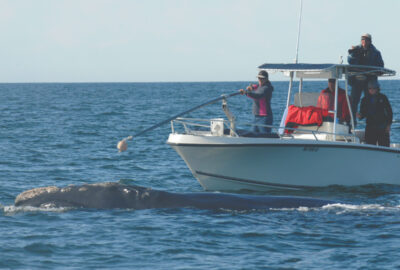We are SOLD OUT of tickets for today, Saturday July 5th.
Learning About Domestic Aquaculture, Hawaiian-style
Earlier this year, Manager of Aquaculture Programs Matt Thompson traveled to Hawaii to learn about local Hawaiian aquaculture production first-hand. Here, he shares what he experienced on the trip.
By Matt Thompson on Friday, July 07, 2023

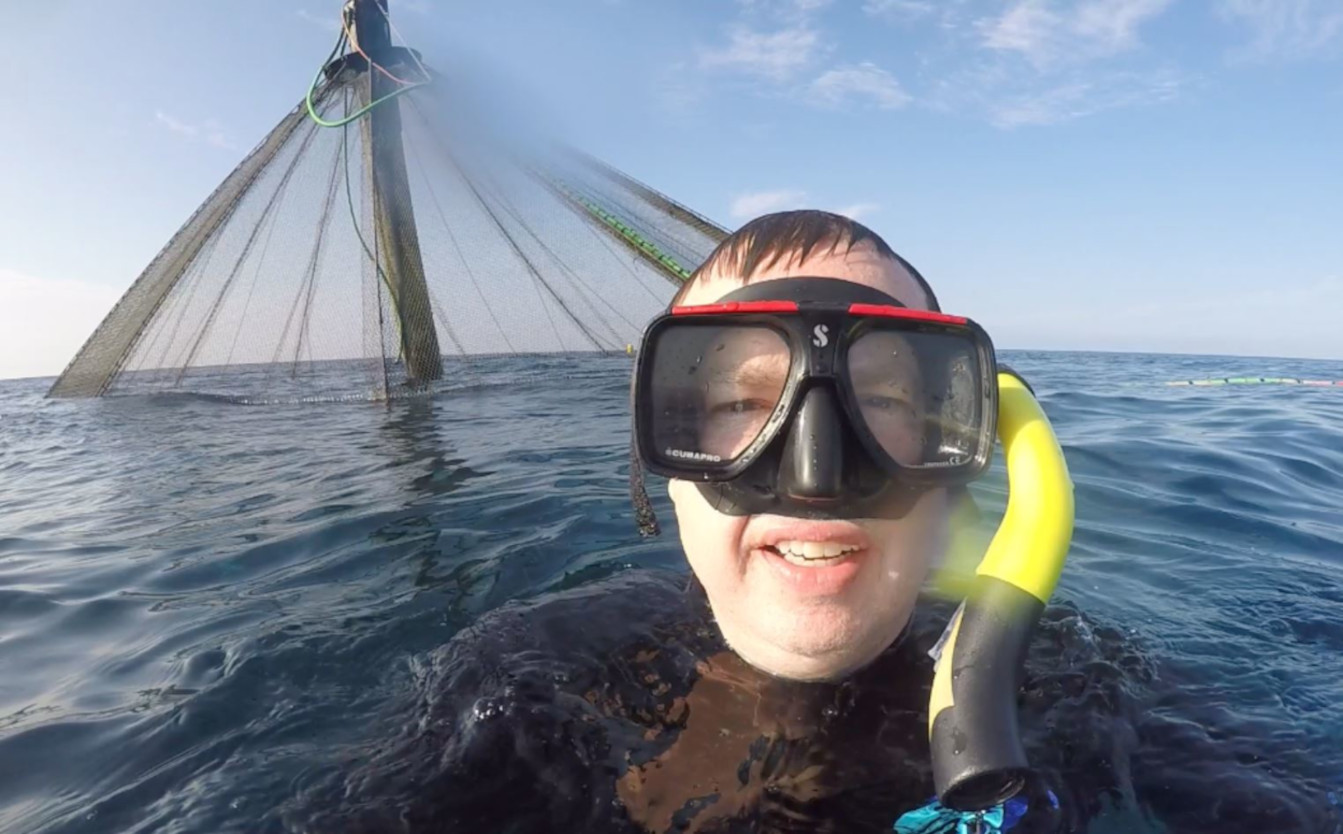
In the US, around 90% of the seafood we eat is imported, with half of that coming from aquaculture, the farming of aquatic organisms. That includes the vast majority of shrimp and oysters and all of the Atlantic salmon, tilapia, and Pangasius that we eat in restaurants or at home. This has raised the question if we are missing an opportunity to increase our domestic aquaculture production, particularly in the marine environment, and under potentially stronger domestic environmental regulations and enforcement.
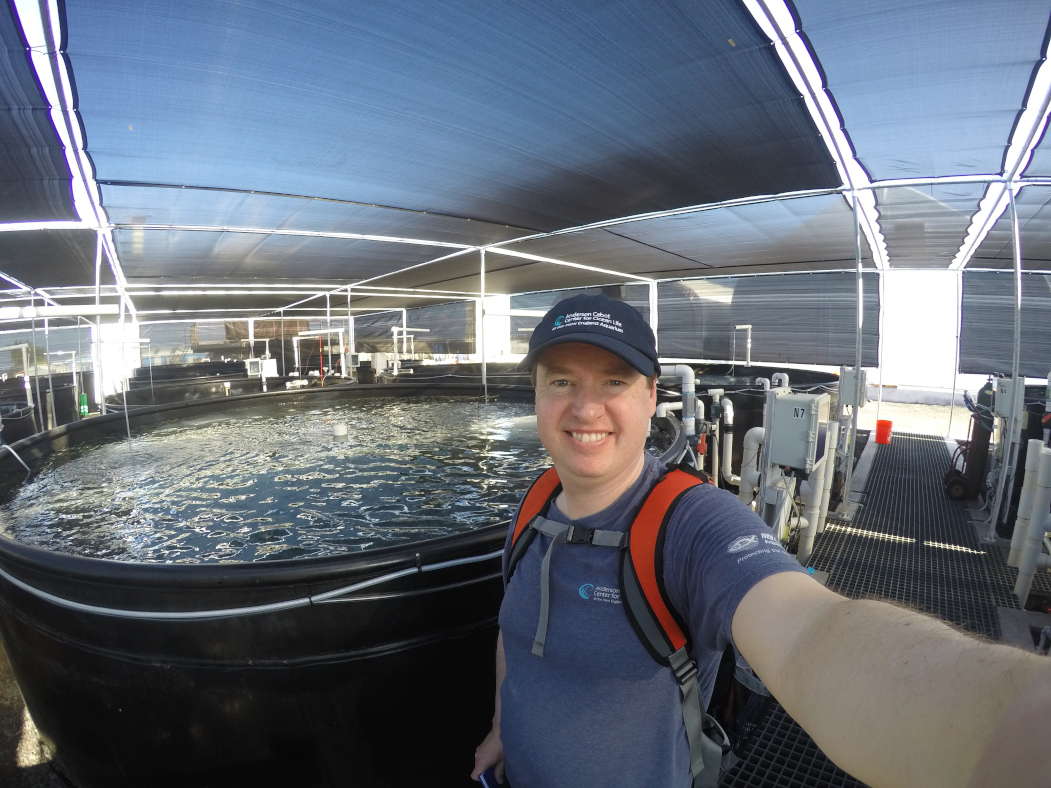
There are a number of real and perceived challenges to farming our own seafood in the marine environment, and while they have restricted the growth of aquaculture across the US, there are parts of the country where aquaculture is considered more favorably— which brings us to our site visit in Hawaii in January 2023. Supported by Meridian Institute and the Builders Initiative, we were invited on a four-day tour of the Big Island to experience aquaculture production and innovation, Hawaiian style.
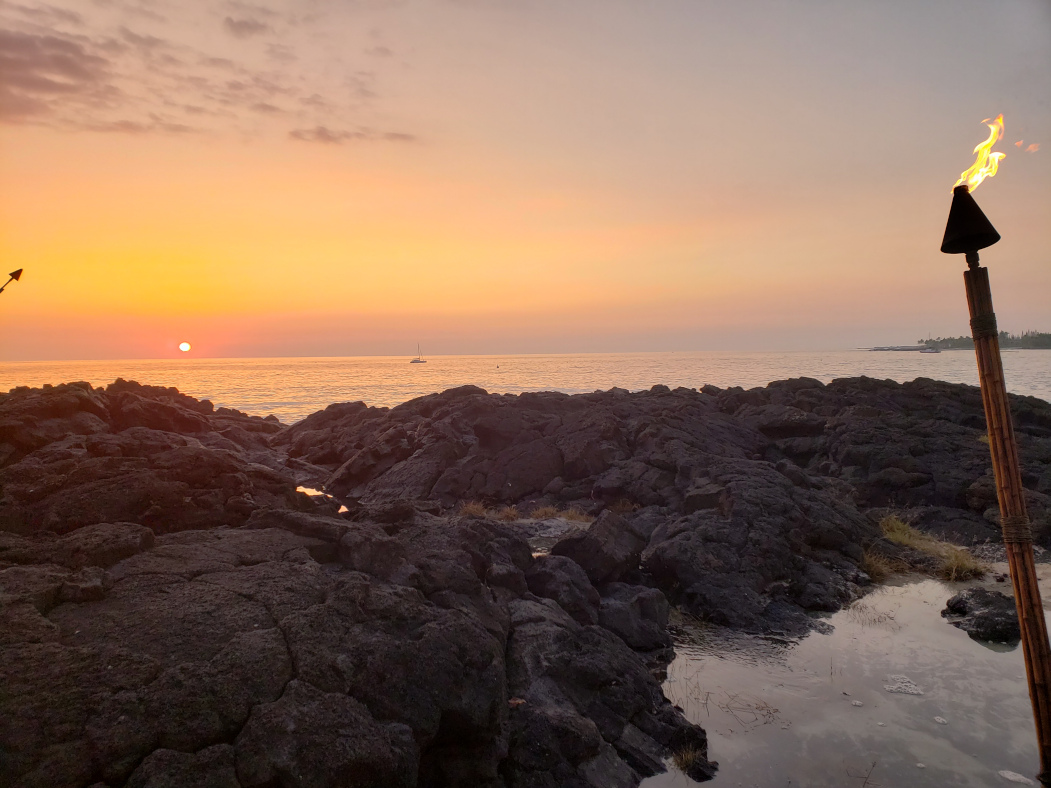
Hawaii is no stranger to aquaculture, with our tour taking us to the Kumuola Marine Science Education Center, an 800-year-old traditional coastally fed fishpond, which was being restored to its former glory.
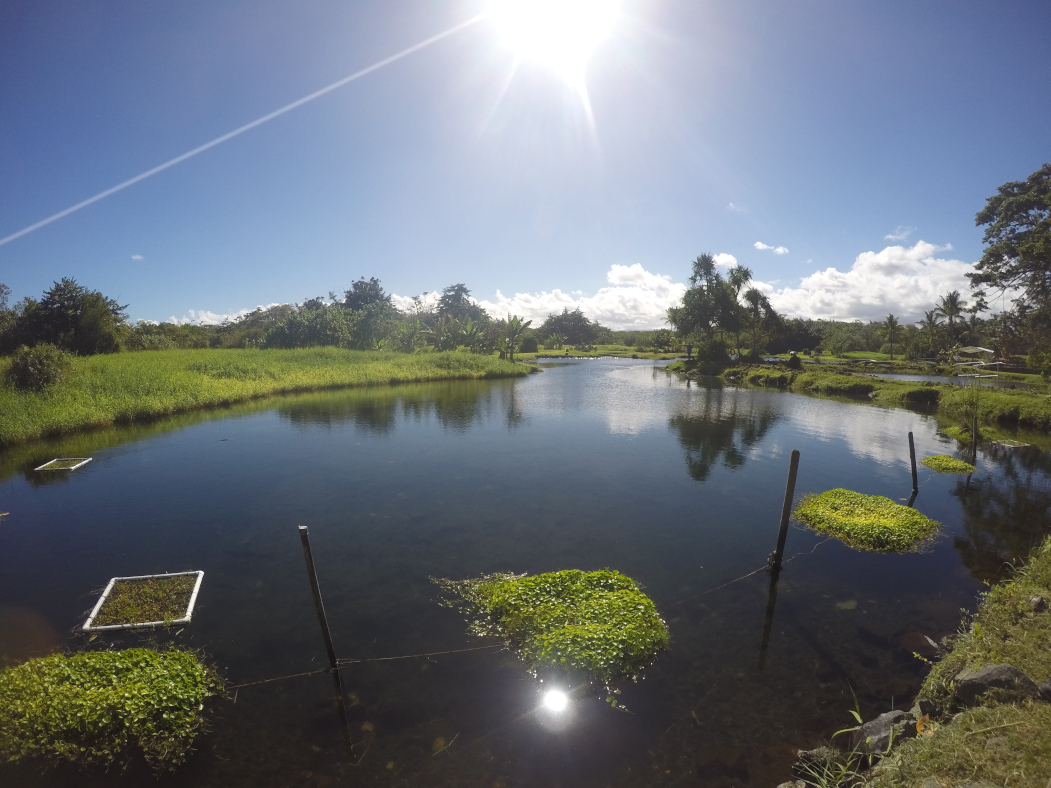
These ponds trapped nutrients, which encouraged baby fish to swim through small holes into the system. There, the fish feed on natural production in the system and eventually grew too large to escape. Fish in the pond acted like a food reserve if people couldn’t go fishing in the sea. The pond contained fish species such as mullet and could produce 300 to 600 pounds of fish per year.
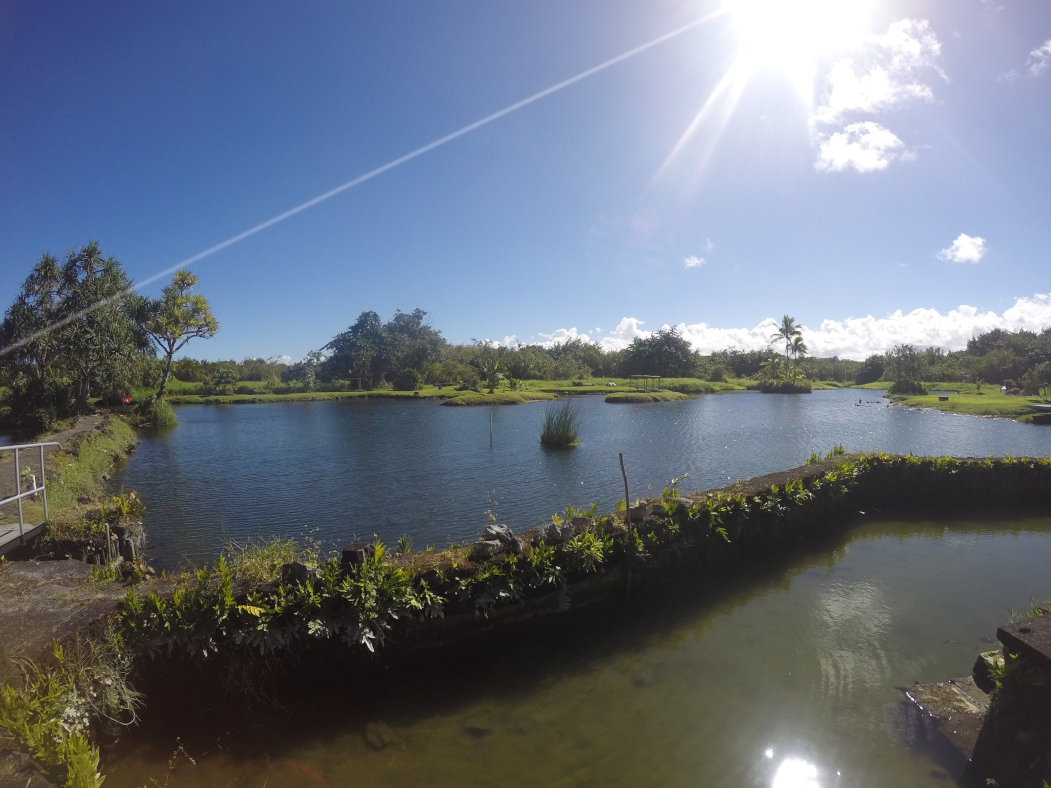
The tour also included a site visit to the Pacific Aquaculture and Coastal Resources Center or PACRC, which aimed to innovate around native Hawaiian species, including oysters, and build the future aquaculture workforce by providing students with extensive hands-on aquaculture experience.
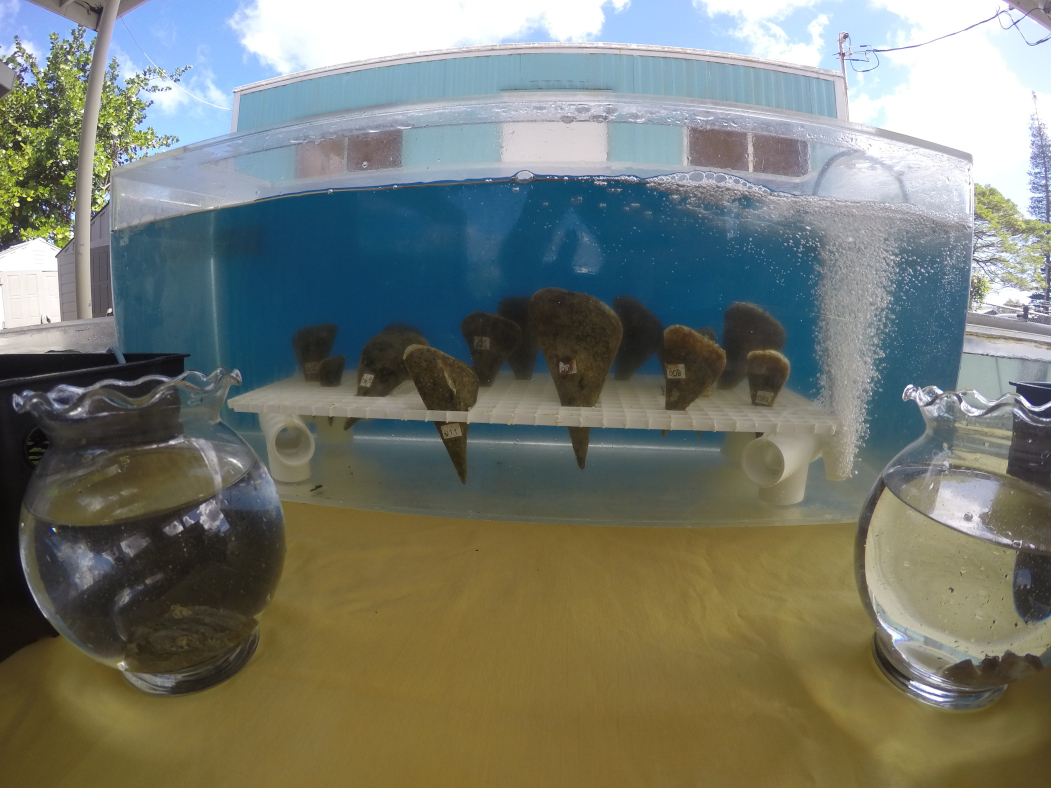
Highlights here included a tour of the oyster hatchery and marine ornamental fish rearing system.
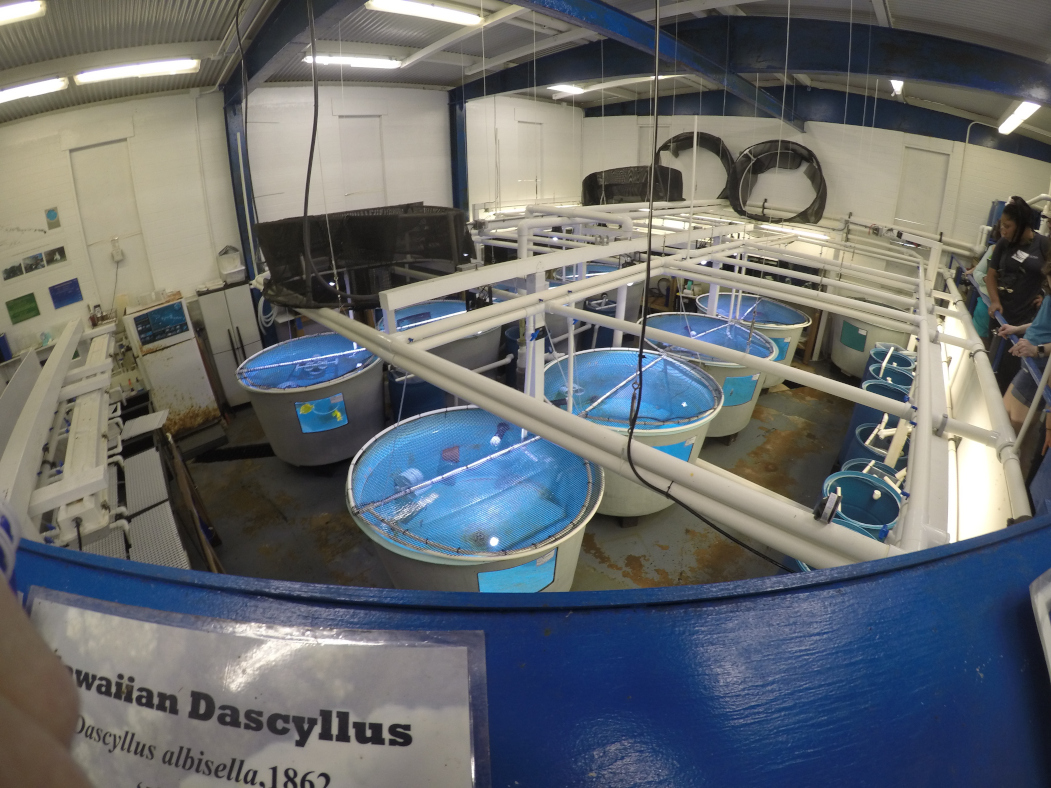
Continuing on the theme of innovation, we visited the facilities at the Natural Energy Laboratory of Hawaii Authority, which included an aquaculture innovation park.
Here, companies like Ocean Era conduct research on new aquaculture species, including herbivorous marine fish, as well as seaweed that could become a novel feed ingredient for farmed fish.
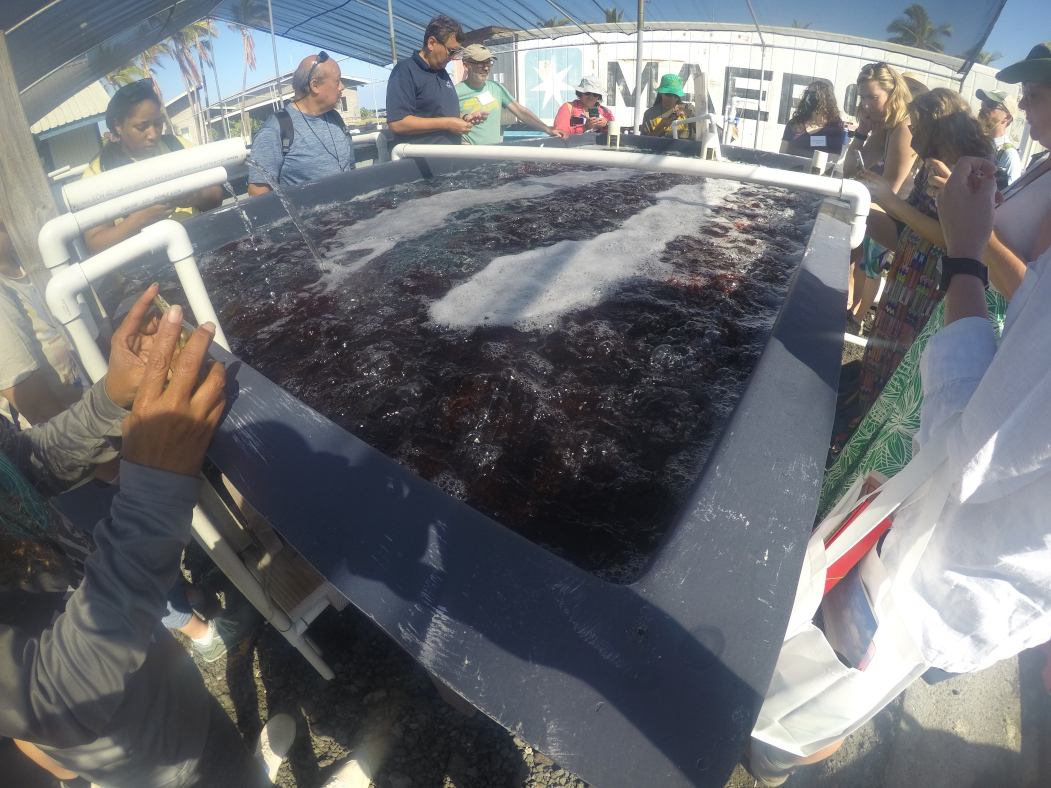
This brings us to the main attraction, the combined land-and-sea operations of Blue Ocean Mariculture’s (BOM) kampachi farm.
This farm was certified by Aquaculture Stewardship Council (ASC) ecolabel and is considered a potential model for marine net-pen systems in offshore environments, even though it actually operates very close to shore. This is because the seabed drops off steeply from the island, meaning the depth is over 200 feet, or nearly 70 meters.
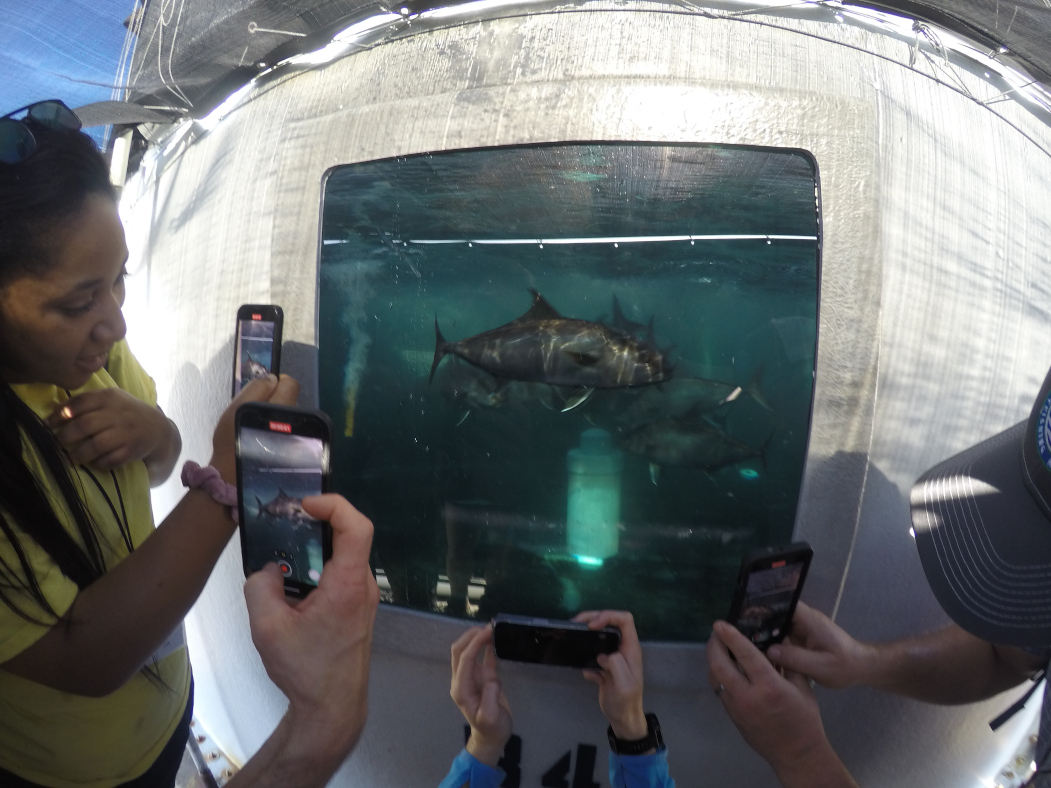
Kampachi fit into a really good niche for Blue Ocean, as they are considered a premium fish that were native to Hawaii. There is also no commercial fishery for this species due to a parasite that exists in wild fish, meaning the farm doesn’t compete with fishermen in the marketplace.
The kampachi in the cages are spawned from wild-caught parents, or broodstock, held and fed in the hatchery, meaning they are essentially wild animals that would have minimal impact on wild populations should they escape.
One of things that really surprised me was how well these essentially wild fish converted feed to growth, with Feed Conversion Ratios (or FCRs) claimed to be around 1.6 to 1.8 (meaning it took about 1.6 pounds of feed to produce one pound of fish). Selective breeding programs can lead to much more efficient growth but genetically distinct stocks, which could impact wild populations if they were to escape and interbreed.
/
We got to snorkel over the submersible marine cages. These structures had a volume of 8,000m3 and were 11 stories high. They used copper mesh to reduce algal growth on the nets and reduce the risks of escapes. This is important, as we were told that the sharks often swam by the cages looking for an easy meal. At least one shark swam leisurely below me as I swam from the boat to the cages, while we also had a dolphin pop by to say “hello.”
You can see the fish swimming inside the cages, well protected from these predators—at least, until harvest time, which took around 14 months from the start of the production cycle.
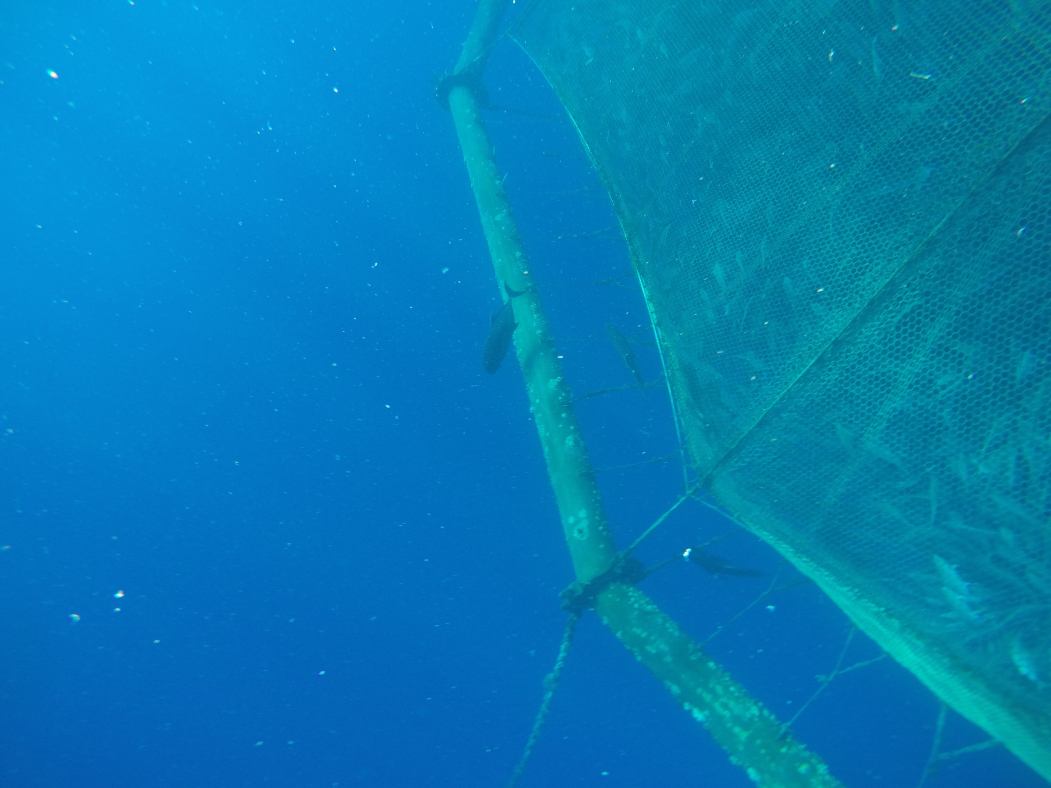
This was an amazing trip, with so much to reflect on at the end of each day!

